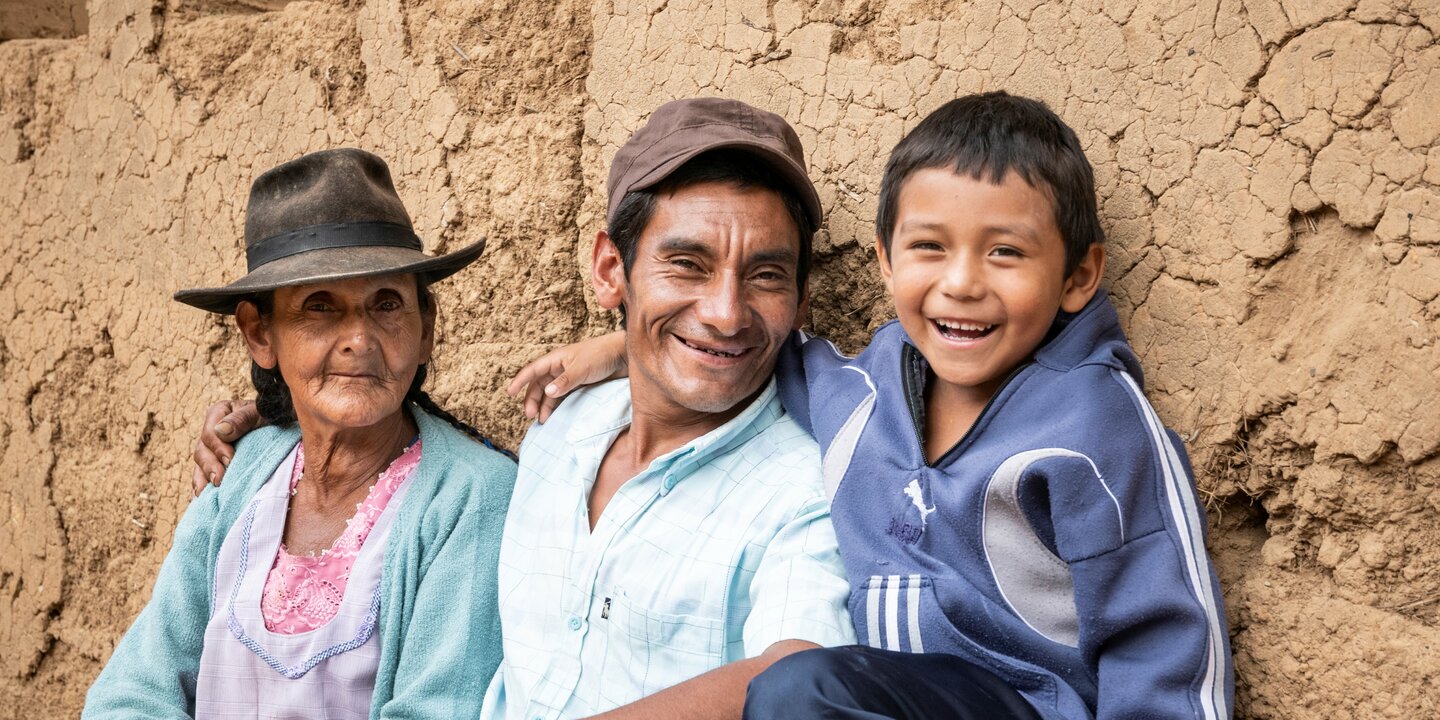Clear thinking is the basis of telling good stories. However, development practitioners, like us, often get trapped in “clutter” — the state of having unimportant details and less relevant jargons in the storylines.
In the age of digital information, the growing challenge is how to ensure information effectively reaches the intended audience. The “new media” — i.e. media that supports interactive, two-way and networked communication, such as social networks, blogs etc.— has brought about “content explosion”. Flooding of data means a growing amount of raw, unstructured data. This, in turn, creates clutter that reduces the ability of information that readers see and process properly.
In this blog post, we ask to what extent innovative communication forms and channels can help development practitioners to present content in a simple, easy-to-digest and time-saving manner. We discuss how data visualisation, which is a form of communication that draws particular attention by representing data in a visual context, like a chart or a map, can enhance data-driven messages.
What is data visualisation and why it matters?
Data visualisation, stated simply, is a structured presentation of data in various graphical formats such as 2D or 3D charts, diagrams, maps and pictures. Visualisation can be static (plain, informative, graphics) or interactive. It is intended for supporting the exploration, sense-making, and communication of data.
Data visualisation has found its application from storytelling. Storytelling using data visualisation has become widely recognised in journalism, business and academia. Organisations implementing development projects are gradually realising the need to up their visual and data communications game. Good practices are slowly emerging in development cooperation using data visualisation.
For example, Amnesty International uses data visualisation for its major campaigns. One visualisation presented explores which countries practice death penalty and in what numbers. This is timely: the effectiveness of development cooperation is being questioned, and development practitioners are increasingly finding it attractive to use simple and understandable presentations. It is becoming an unwritten rule that a good story should be supported by good, reliable, understandable and well-presented data.
How does it work?
First, visualisation communicates data in a simpler and more appealing way. The advantage over other types of data presentations is its simplicity – it makes patterns in data more recognisable. Raw data or findings presented in a form of quantitative data (numbers) are difficult for readers to process, and usually takes a lot of effort, time and knowledge to be translated into clear and actionable insights. For example, presentation of open government data as visualisation rather than only as a raw data or textual reports can empower citizens to closely monitor government’s work and hold public service providers accountable.
Second, visualisation communicates data in a more “dramatic” and persuasive way — by stressing out sharp contrasts, highlighting important patterns and playing with colours. This way, one can translate less interesting and overwhelming data into striking, exciting and memorable graphics. Therefore, data visualisation is becoming widely recognised as an effective tool and, accordingly, finds its application in making stories more convincing. Some data suggest that presentations that use visualisation are 43% more persuasive than those without.
Some examples: “Don’t simply show the data; tell a story with it”
In this story, the main point is observed temperature has risen from 1880 to present day. In the presentation, the visualisation takes readers through exactly how much different factors contribute to global warming in comparison to what has been observed, adding a richer layer of storytelling. The conclusion the authors want viewers to draw is made very clear.
Example 2: Segregated labour market
The Economist presented America’s jobs considered to be “women’s work” that are multiplying but are relatively poorly paid. The analysis is quite simple but insightful. The fastest-growing industries in America are those that have long employed more women, such as healthcare and education. Meanwhile, many sectors traditionally dominated by men, such as manufacturing and mining, have grown much more slowly. Yet this does not mean that female workers are better off.
Example 3: The journey of your morning coffee
In line with the objective of making the complex easy to understand, this infographic provides a visual representation of a coffee bean’s journey, from bean to cup. By breaking the process down into parts, it does its job of giving the reader bite-sized pieces of information that are easily digestible.
Three more compelling reasons to use data visualisation for storytelling in development cooperation
1) Data visualisation is social media friendly
One of the strong advantages of data visualisation over other types of data presentations is that visual content is social media friendly. In a bunch of content, circulating the web, graphics are easier to notice and absorb.
Another important dimension of data visualisations is their “‘shareability” on the web, especially on social networks. Visualisations are usually self-contained and self-explanatory, as well as attractive, and therefore suitable for sharing. For the sake of illustration, some data provided by SciDev.Net show that “articles containing data visualisation elements had 533% more retweets than articles without data visualisation elements”.
Furthermore, some evidence suggests that “data visualisation encourages readers to engage in discussion”. In that sense, SciDev.Net’s data shows that stories containing a data visualisation element had an average of 942% more comments on Twitter compared with those without such elements. Thus, visualisations have a great potential for stimulating discussion.
2) It provides more structure and clarity
Data visualisation supports better structure and clarity by laying out information in an appropriate way. It provides guidance and helps in minimising the stories from derailing. Development projects have “interventions logic”, showing the hierarchy of changes like:
- What the projects have contributed/are contributing;
- How the interventions of the projects are contributing to change or improve; and
- How these (changes/improvements) are feeding into (are showing signs of) progress in addressing poverty or unemployment.
Clarity is more than mastering a language. Clear and structured thinking is the central principle of telling good stories. The first thing for achieving clarity is to avoid squeezing too many ideas into stories. This corrects, if backed by effective data visualisation, going off-track and hiding key message of stories.
3) And finally: it gives more firepower to the secrete of good writing
One of the best story tellers, William Zinsser, was invited to a school in Connecticut, USA to share his experience. Another guest invited also was a doctor writing and selling stories to magazines. The first question from the audience went to the doctor.
Audience: “What was it like to be a writer?”
Doctor: “Tremendous fun….The words just flowed. It was easy.”
William: “It wasn’t easy and wasn’t fun. It was hard and lonely, and the words seldom just flowed.”
Second question: “Is it important to rewrite?”
Doctor: “Absolutely not!”
William: “Rewriting is the essence of writing!”
Good story should be meaningful, well-structured but also easy to digest for end-reader. Hence, the real struggle for development practitioners is how to communicate our messages in a way to do both, keep the intended meaning, on the one side, and ensure that our text is read, on the other.
In that sense, it is necessary to keep in mind that readers are usually time-poor or they lack in knowledge to closely consider and/or properly understand complex research evidence provided in voluminous publications such as books, comprehensive research reports, scientific articles and alike. Therefore, data visualisation has a great potential to tell stories more effectively and to save time of readers. Of course, data visualisation is just a tool, and as mentioned earlier, clear thinking and innovative business ideas are the precondition for successful use of data visualisation.
Additional sources:
Authors




